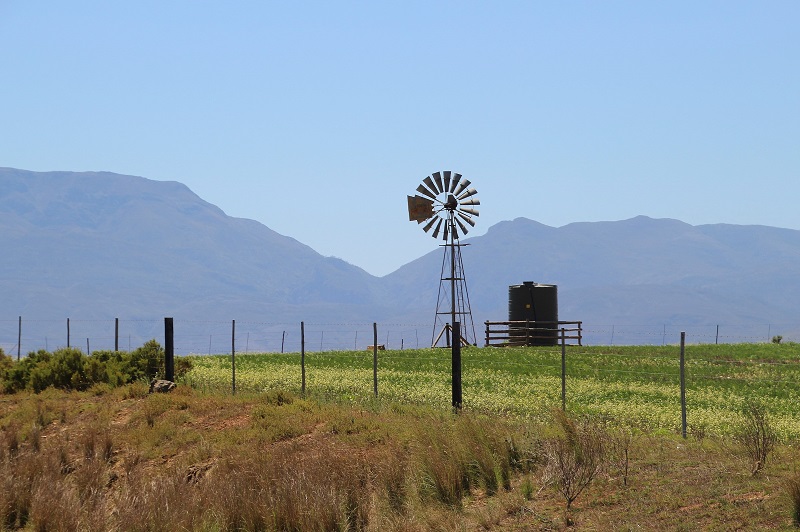Fertilizer Logistics Q&A: Southern States’ Joe Wlodkoski
Joe Wlodkoski, Director of Agronomy Procurement, Fertilizer, Southern States Cooperative, is a 40-plus year fertilizer industry veteran. He is quite literally a wealth of knowledge when it comes to the plant nutrition industry.
Below are his responses to three quick questions on how the spring fertilizer season is shaping up throughout the country:
Q: What are some major red flags around fertilizer logistics in 2016?
A: “Many retail locations began filling later this season than normal. Decision factors helping to drive this behavior included: 1). Growers were undecided regarding their planting intentions last fall, and 2). Fertilizer prices began drifting downward beginning in the fall and continuing throughout most of the winter. This led the downstream market to wait in the hope that prices would continue to fall. We encouraged our retailers to layer in product throughout the winter through early spring, rather than trying to time the market and purchase at the lowest possible cost. We further encouraged our retailers to use their own trucks when possible and to identify and work with their local or area bulk haulers rather than depend on headquarters to arrange their fertilizer deliveries.”
Q: Would you agree that fertilizer futures prices being what they are could cause a late-season “logjam” for product movement in the Midwest?
A: “Yes, I’m in full agreement with that statement. We’ve dealt with the issue by communicating weekly with our retailers, district managers, and general managers addressing current pricing, product availability — often by individual warehouses and terminals throughout our footprint and where we thought market pricing was directionally going over the upcoming four to six weeks by product group.”
Q: What are some good best practices for retailers in monitoring and responding to fertilizer logistics issues? How do you stay on top of all these moving parts and still ensure your retail outlets stay supplied with commodities?
A: “First, communications. Keep your information updated and be specific.
Second, when practical, request that your retailers identify and develop a commercial relationship with local or area truck carriers that can handle fertilizer. And third, work closely with your suppliers to ensure you have competitively priced product when and where needed.”






